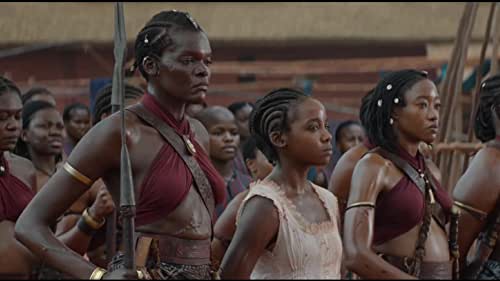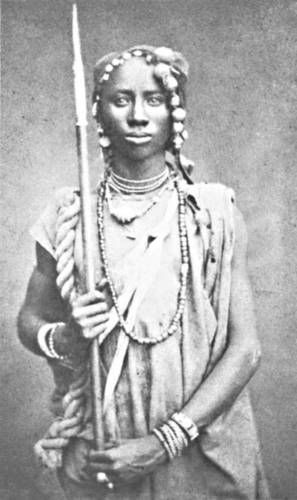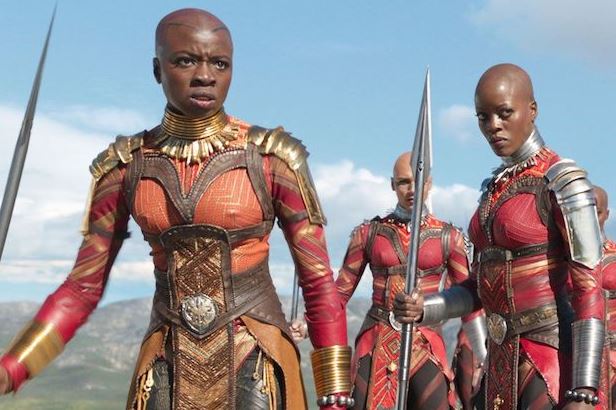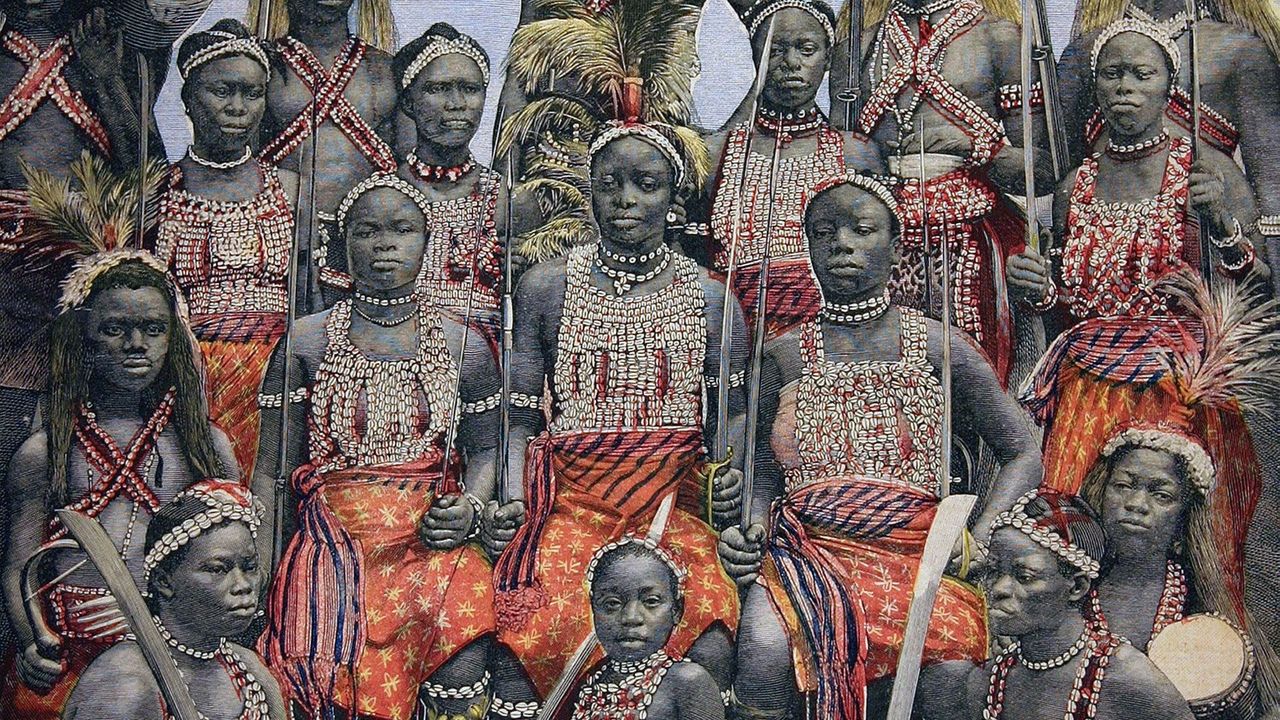
When I heard there were women working as guards in the Royal Harem, I reacted much like the main character, Mehr al-Nesa in Book 1. Completely surprised. I fell for the stereotypical belief that all the women in the harems were meek, protected things that had to be guarded by men (or in this case eunuchs.) Then I find, on Wikipedia, a description of Urdubegis. And with two measly paragraphs and four paltry references, I’m sold! These women must have a significant role in my books.
However, I must admit, when I was writing the first book, I didn’t have much patience for research. (I was too excited!) I read that these female guards existed, but there is very little written about them. Some of the women chosen were Habshi in origin. What is Habshi? Siddi people, descendants from Bantu people. Indians who descended from African people? This just keeps getting better and better! This was an opportunity to include a character in the story to befriend Mehr.
Now to come up with a name. I sifted until I found a video on YouTube of a modern-day Siddi woman named Fathima. Was Fathima a name that existed during the Mughal Empire? Yes! Done. The Fatima character is named.

Weeks later I am curled up in my bed, sifting through information about the wet nurses of the Mughal Empire. One woman appears in the records as Urdubegis – Bibi Fatima!
I randomly choose a name for a female guard character, and weeks later I find that is the name of an actual guard of the time!
Now, with a bit more patience and knowledge, I’m reading more and more about Urdubegis, Bibi Fatima, and these forgotten women of the Mughal Empire.
How easy is it to find images of what my Fatima character may have looked like?





